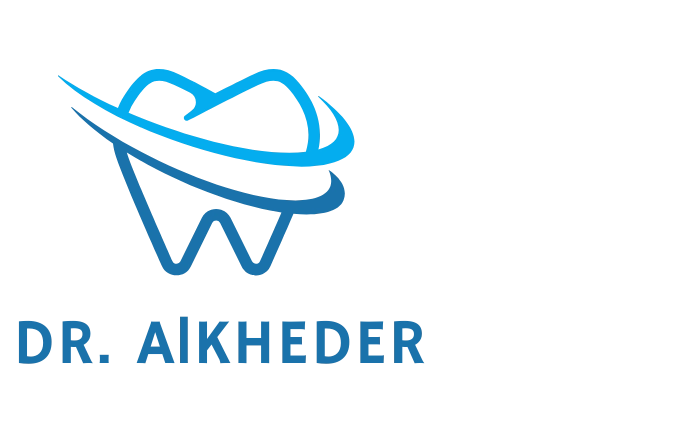Book Appointment Now
Orthodontics
Orthodontics – Straight Teeth

Clinical Overview
Orthodontics is a specialized branch of dentistry that focuses on the diagnosis, prevention, interception, and correction of malocclusion (improper bites) and other dentofacial irregularities. The primary objective of orthodontic treatment is to achieve optimal dental alignment, improve masticatory function, enhance oral hygiene, and contribute to overall facial aesthetics.
Conditions Addressed by Orthodontic Treatment:
Crowding: Insufficient space in the dental arches, leading to overlapping or displaced teeth.
Spacing: Gaps between teeth, often resulting from missing teeth or disproportionate jaw size.
Overbite (Deep Bite): The upper front teeth overlap excessively over the lower front teeth.
Underbite: The lower front teeth protrude beyond the upper front teeth.
Crossbite: Upper teeth bite inside the lower teeth. This can affect single teeth or groups of teeth.
Open Bite: A vertical gap between the upper and lower teeth when the jaws are closed, preventing proper contact.
Midline Discrepancy: The center of the upper front teeth does not align with the center of the lower front teeth.
Orthodontic Treatment Modalities:
Orthodontic treatment typically involves the use of fixed or removable appliances to apply gentle, continuous forces to the teeth, gradually moving them into their correct positions. Common treatment modalities include:
Braces: Traditional fixed appliances consisting of brackets bonded to the teeth and connected by archwires.
Clear Aligners: A series of custom-made, removable clear plastic trays that gradually shift teeth.
Retainers: Appliances worn after active orthodontic treatment to maintain the corrected tooth positions and prevent relapse.
The duration and specific type of orthodontic treatment are determined based on a comprehensive diagnostic assessment, including clinical examination, dental models, and radiographic imaging. Treatment plans are individualized to address each patient’s unique needs and achieve stable, functional, and aesthetically pleasing results.
Crowding: Insufficient space in the dental arches, leading to overlapping or displaced teeth.
Spacing: Gaps between teeth, often resulting from missing teeth or disproportionate jaw size.
Overbite (Deep Bite): The upper front teeth overlap excessively over the lower front teeth.
Underbite: The lower front teeth protrude beyond the upper front teeth.
Crossbite: Upper teeth bite inside the lower teeth. This can affect single teeth or groups of teeth.
Open Bite: A vertical gap between the upper and lower teeth when the jaws are closed, preventing proper contact.
Midline Discrepancy: The center of the upper front teeth does not align with the center of the lower front teeth.
Orthodontic Treatment Modalities:
Orthodontic treatment typically involves the use of fixed or removable appliances to apply gentle, continuous forces to the teeth, gradually moving them into their correct positions. Common treatment modalities include:
Braces: Traditional fixed appliances consisting of brackets bonded to the teeth and connected by archwires.
Clear Aligners: A series of custom-made, removable clear plastic trays that gradually shift teeth.
Retainers: Appliances worn after active orthodontic treatment to maintain the corrected tooth positions and prevent relapse.
The duration and specific type of orthodontic treatment are determined based on a comprehensive diagnostic assessment, including clinical examination, dental models, and radiographic imaging. Treatment plans are individualized to address each patient’s unique needs and achieve stable, functional, and aesthetically pleasing results.

